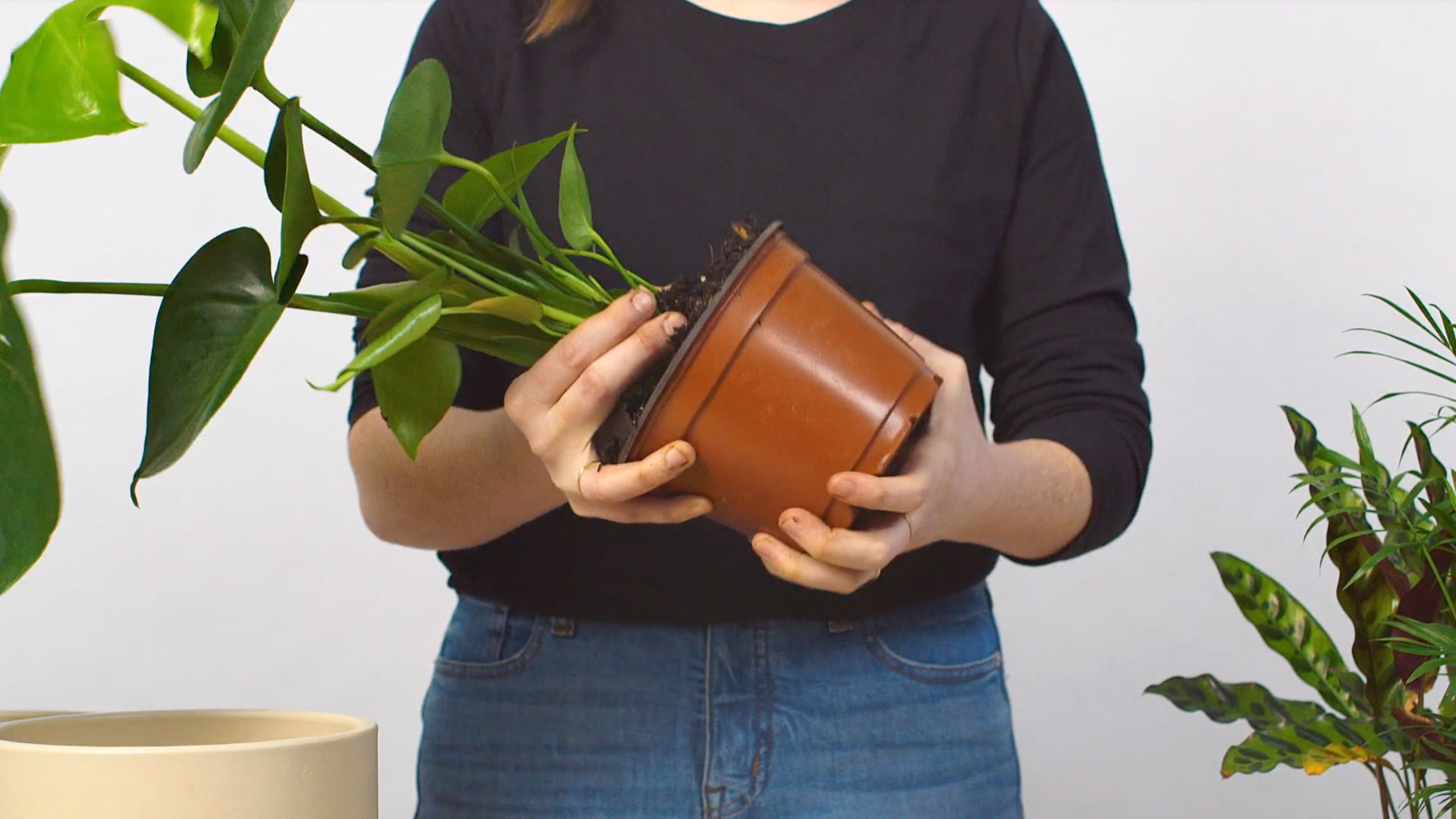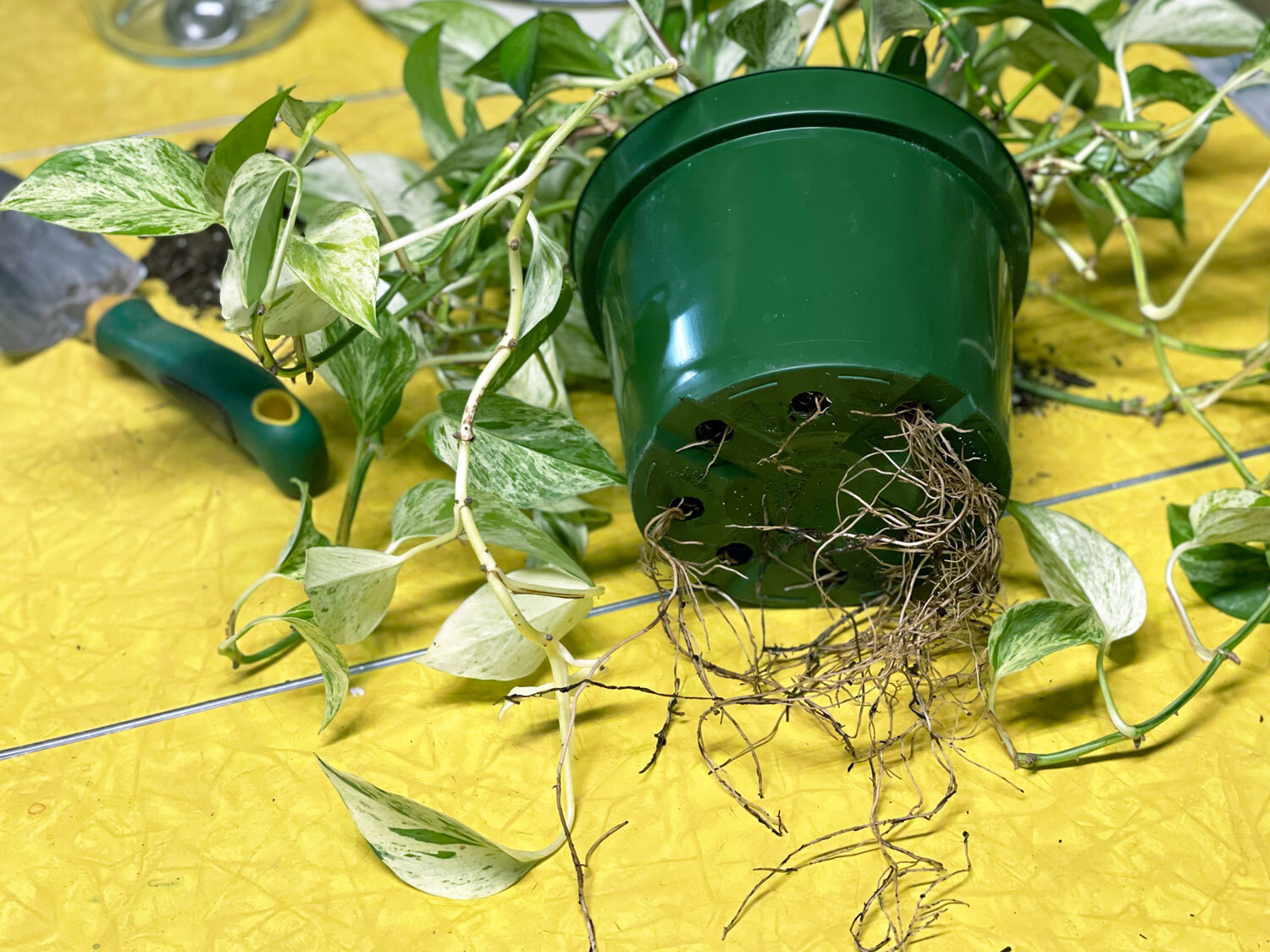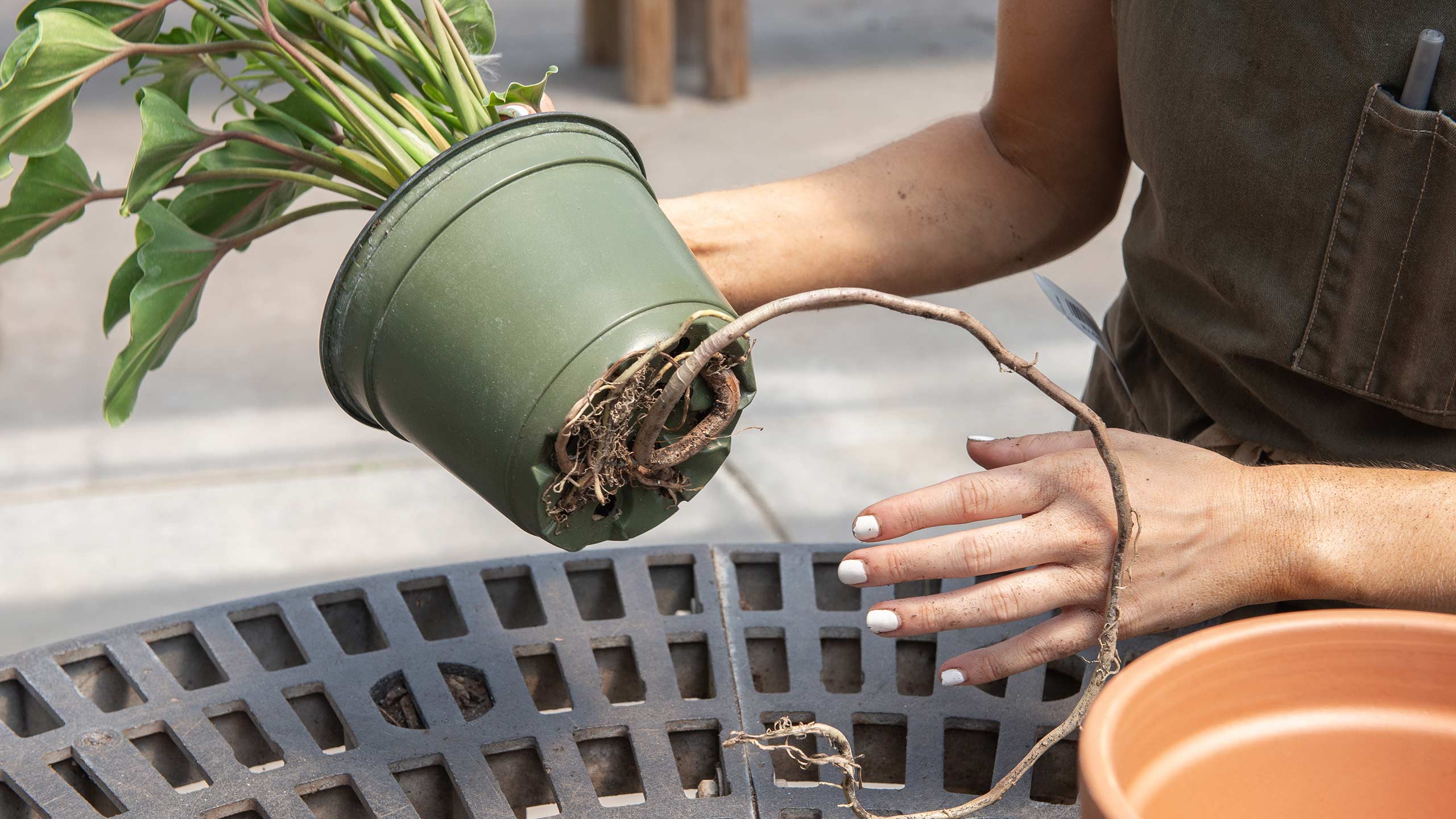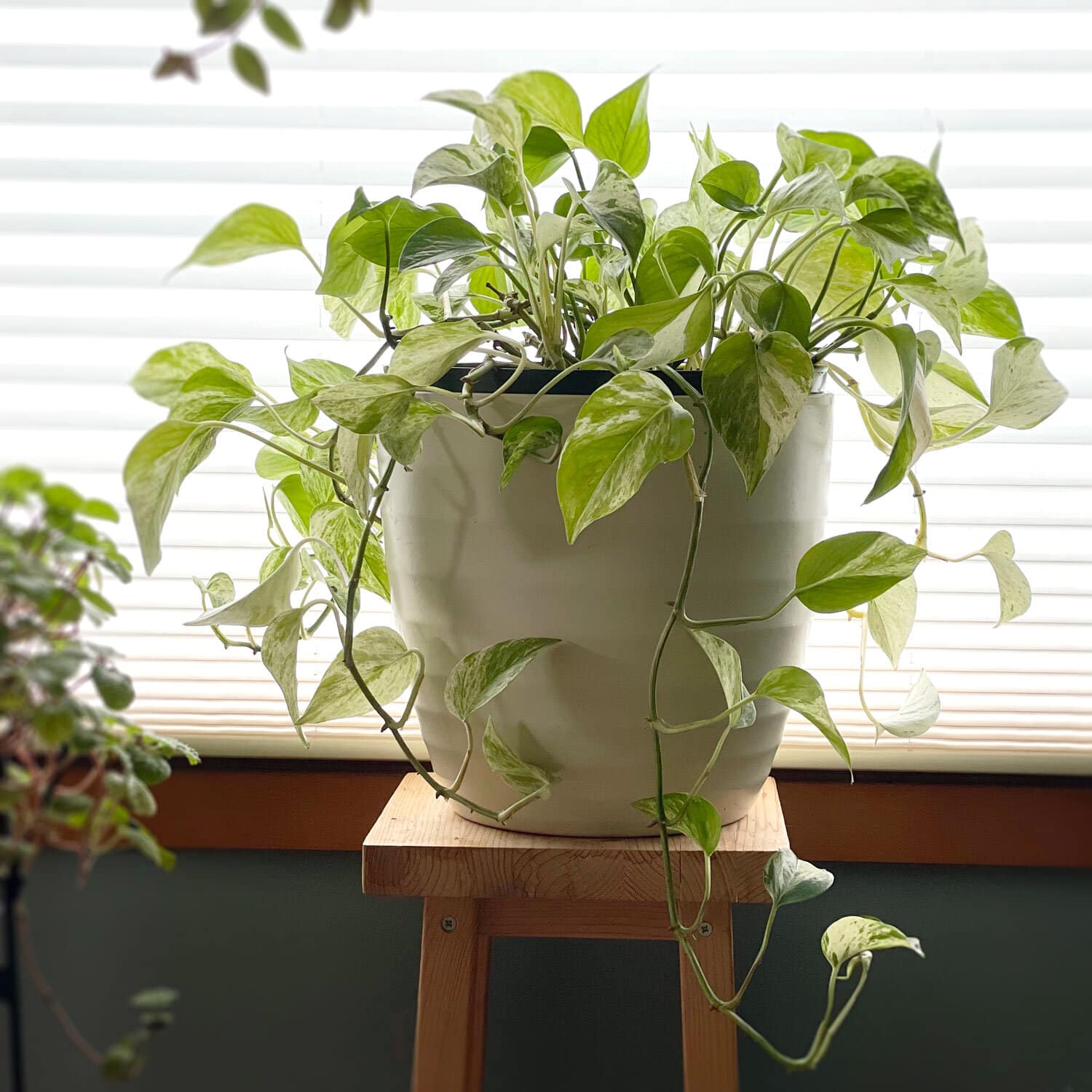The best time to repot an indoor plant is during spring or early summer. This period encourages new growth and recovery.
Repotting indoor plants is crucial for their health. Plants outgrow their pots, leading to restricted root growth. Spring and early summer provide ideal conditions for repotting. Warmer temperatures and increased daylight hours promote vigorous growth. Check for signs like roots emerging from the drainage holes.
A plant showing slow growth or yellowing leaves may also need repotting. Choose a pot slightly larger than the current one. Use fresh, high-quality potting soil to provide essential nutrients. Proper repotting ensures your indoor plants thrive. Remember, healthy roots lead to a healthy plant. Regular repotting helps maintain vitality and longevity.
Recognizing Growth Spurts
Recognizing the best time to repot an indoor plant is crucial for its health. One key indicator is observing the plant’s growth spurts. Understanding these growth signals helps determine the perfect moment for repotting.
Signs Of Active Growth
Plants show several signs of active growth. Watch for these indicators:
- New Leaves: Look for fresh, vibrant leaves emerging.
- Increased Height: Notice if the plant is getting taller.
- Root Bound: Roots growing through drainage holes signal the need for more space.
- Faster Growth: Rapid overall growth means the plant is thriving.
Seasonal Patterns
Plants follow specific seasonal growth patterns. Understanding these can guide your repotting schedule:
| Season | Growth Characteristics |
|---|---|
| Spring | Most plants exhibit vigorous growth. This is an ideal repotting time. |
| Summer | Continued active growth. Repotting can still be beneficial. |
| Fall | Growth slows down. Repot only if necessary. |
| Winter | Plants enter dormancy. Avoid repotting during this period. |
By recognizing growth spurts and understanding seasonal patterns, you can ensure the best timing for repotting. This keeps your indoor plants healthy and thriving.

Credit: www.thesill.com
Assessing Root Health
Assessing the health of your indoor plant’s roots is crucial. Healthy roots ensure your plant thrives and grows. Knowing when to repot is essential for maintaining vibrant plants.
Root Bound Indicators
- Roots growing out of drainage holes
- Roots circling the surface of the soil
- Soil dries out quickly after watering
- Plant growth slows or stops
These signs indicate your plant needs more space. A root-bound plant struggles to absorb nutrients and water.
Healthy Root Structure
Healthy roots are white and firm. They should not be mushy or brown. White roots indicate good health and proper growth.
| Healthy Roots | Unhealthy Roots |
|---|---|
| White and firm | Brown and mushy |
| Evenly spread | Root-bound or tangled |
Check roots by gently removing the plant from its pot. Examine the root structure carefully. Healthy roots should spread evenly through the soil.
Repotting is necessary if roots are unhealthy or root-bound. Use a pot one size larger with fresh, well-draining soil. This ensures your plant continues to thrive.
Optimal Seasons For Repotting
Repotting indoor plants is crucial for their health and growth. Choosing the right season can make a significant difference. Different seasons offer unique benefits and challenges. Let’s explore the optimal seasons for repotting your indoor plants.
Spring Advantages
Spring is often the best time to repot indoor plants. During spring, plants enter their growth phase. They are actively growing, making them resilient to repotting stress.
Here are some advantages of repotting in spring:
- Increased sunlight helps plants recover quickly.
- Warmer temperatures promote root growth.
- Plants have a full growing season to adjust.
Repotting in spring ensures your plants thrive. It gives them the entire season to establish themselves in the new pot.
Summer Considerations
Summer can also be a good time to repot, but there are some considerations. The heat can stress plants if not handled properly. Watering becomes crucial during this period.
Here are some key points for summer repotting:
- Water plants more frequently to prevent dehydration.
- Avoid repotting during extreme heat waves.
- Choose a cooler part of the day for repotting.
Repotting in summer requires more attention to watering. Ensure your plants are not stressed by the heat.
| Season | Advantages | Considerations |
|---|---|---|
| Spring | Optimal growth period, increased sunlight, full season to adjust | None |
| Summer | Continued growth, warm temperatures | Heat stress, frequent watering |

Credit: www.swansonsnursery.com
Choosing The Right Pot
Choosing the right pot is crucial for your indoor plant’s health. A well-suited pot ensures proper growth and avoids root issues.
Pot Size Guide
Picking the correct pot size is essential. A pot too small can restrict root growth. A pot too large can retain too much water.
Here’s a simple pot size guide:
- Small plants: 4-6 inches in diameter.
- Medium plants: 6-8 inches in diameter.
- Large plants: 8-10 inches in diameter.
Use a pot one size larger when repotting. This means moving from a 4-inch pot to a 6-inch pot.
Material Matters
The material of the pot affects the plant’s growth. Common materials include plastic, clay, and ceramic.
| Material | Pros | Cons |
|---|---|---|
| Plastic | Lightweight, affordable, retains moisture well. | Less breathable, can overheat roots. |
| Clay | Breathable, natural look, heavy and stable. | Can dry out quickly, heavier to move. |
| Ceramic | Visually appealing, retains moisture well. | Expensive, can break easily. |
Choose a pot material based on your plant’s needs and your home environment.
Soil Selection Tips
Choosing the right soil is essential for your indoor plant’s health. The soil you select can impact water retention, nutrient availability, and root growth. Here are some tips to help you choose the best soil for repotting your indoor plants.
Nutrient-rich Mixes
A nutrient-rich mix is crucial for plant growth. Your indoor plants need soil that provides essential nutrients. This helps them grow strong and healthy. Look for soil that contains organic matter like compost or peat moss.
| Ingredient | Benefit |
|---|---|
| Compost | Improves soil structure and provides nutrients. |
| Peat Moss | Retains moisture and improves aeration. |
| Perlite | Enhances drainage and prevents soil compaction. |
Drainage Essentials
Good drainage is vital to prevent root rot. Make sure your soil mix includes materials that enhance drainage. Perlite and sand are excellent choices. They help water flow freely, avoiding waterlogged roots.
- Perlite: Lightweight and improves soil aeration.
- Sand: Helps water drain quickly.
- Bark: Adds structure and prevents soil compaction.
Always use pots with drainage holes. This allows excess water to escape. It keeps your plants healthy and happy.
Repotting Techniques
Repotting an indoor plant is essential for its growth and health. Knowing the right techniques can make this task easier and more effective. In this section, we will cover the step-by-step process, common mistakes, and tips for successful repotting.
Step-by-step Process
Follow these simple steps to repot your indoor plant:
- Choose the Right Time: Early spring is the best time to repot.
- Prepare the New Pot: Select a pot that is one size larger.
- Remove the Plant: Gently take the plant out of its current pot.
- Loosen the Roots: Carefully loosen the root ball with your fingers.
- Trim Dead Roots: Cut away any dead or rotting roots.
- Add Fresh Soil: Place fresh potting soil in the new pot.
- Place the Plant: Position the plant in the center of the new pot.
- Fill with Soil: Add soil around the roots, pressing gently.
- Water Thoroughly: Water the plant to help it settle.
Common Mistakes
Avoid these common mistakes to ensure your plant thrives:
- Using the Wrong Soil: Choose soil suitable for your plant type.
- Overwatering: Excess water can lead to root rot.
- Choosing the Wrong Pot Size: A pot that is too big or too small can harm your plant.
- Ignoring Root Health: Always check and trim the roots if necessary.
- Poor Lighting: Ensure the plant gets adequate light after repotting.
Post-repotting Care
Repotting an indoor plant gives it more space to grow. Proper care after repotting is crucial for the plant’s health. Here, we will discuss essential post-repotting care practices.
Watering Schedule
After repotting, water your plant thoroughly. Ensure the soil is moist but not soggy. Overwatering can lead to root rot. To avoid this, check the top inch of soil before watering again. If it’s dry, it’s time to water. Generally, a newly repotted plant needs watering once a week.
Light And Temperature
Place your repotted plant in a spot with indirect light. Direct sunlight can stress the newly repotted plant. Ensure the temperature is between 65°F and 75°F. Avoid cold drafts and heat sources like radiators.

Credit: mulhalls.com
Expert Advice
Knowing the best time to repot an indoor plant can be tricky. Experts offer valuable advice to make this task easier. Their insights ensure your plants thrive in their new pots.
Professional Insights
Many plant experts suggest repotting indoor plants in spring. This season supports new growth and helps plants recover quickly. Another good time is early fall. Plants will have time to adjust before winter dormancy.
Signs that a plant needs repotting include roots growing out of the pot. Another sign is water draining too quickly. Slow growth and yellowing leaves also indicate a need for repotting.
| Sign | What It Means |
|---|---|
| Roots outgrowing the pot | Plant needs more space |
| Quick water drainage | Soil is depleted |
| Slow growth | Pot is too small |
| Yellowing leaves | Plant stress |
Common Faqs
Q: How often should I repot my indoor plants?
A: Most indoor plants need repotting every 1-2 years. This depends on the plant’s growth rate and pot size.
Q: Can I repot my plant during winter?
A: Winter is not ideal. Plants are usually dormant and may not adjust well.
Q: What type of soil should I use?
A: Use soil that matches your plant’s needs. For example, cacti need well-draining soil.
Q: How do I know if my plant is root-bound?
A: Check if roots are circling the bottom of the pot. This is a clear sign.
Following these expert tips ensures your indoor plants remain healthy and vibrant. Happy repotting!
Frequently Asked Questions
What Month To Repot Indoor Plants?
Repot indoor plants in early spring, around March or April. This gives them time to adjust and thrive.
How To Tell If A Plant Needs Repotting?
Check for roots growing out of drainage holes. Soil dries out quickly. Plant looks top-heavy or stunted. Soil is compacted.
Is It Okay To Repot Houseplants In Winter?
Repotting houseplants in winter is generally not recommended. Plants are in dormancy and may not recover well. Spring is ideal.
How Do You Know When A Plant Is Ready To Repot?
A plant is ready to repot when roots grow out of the drainage holes, soil dries quickly, or growth slows.
Conclusion
Repotting indoor plants at the right time ensures healthy growth. Early spring is usually best. Watch for signs like root-bound pots and slow growth. Choose a slightly larger pot and fresh soil. Proper care makes your indoor garden thrive. Keep your plants happy and vibrant by repotting as needed.

My mission is to help you bring the beauty of nature indoors with expert advice, detailed plant care guides, and creative design ideas.





Leave a Reply